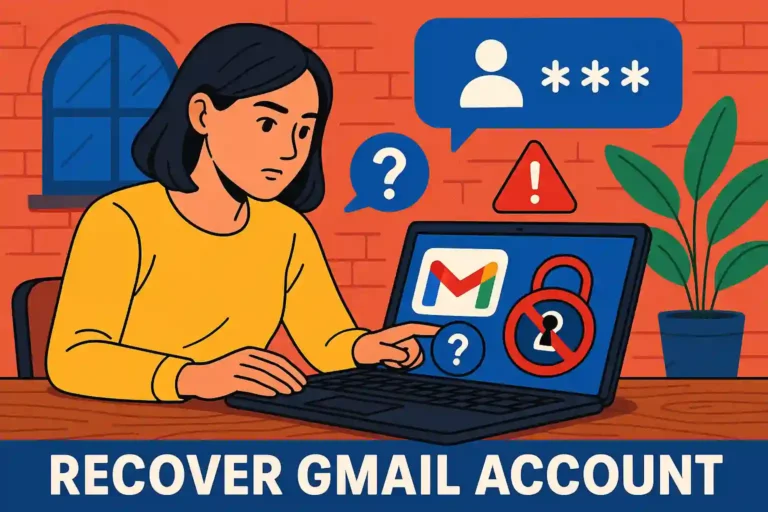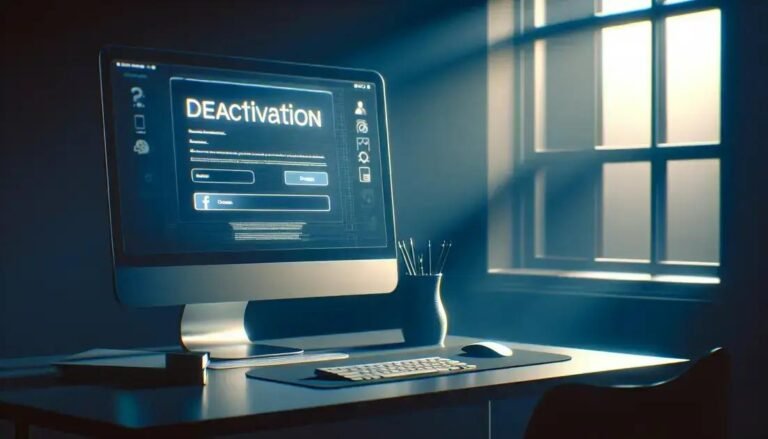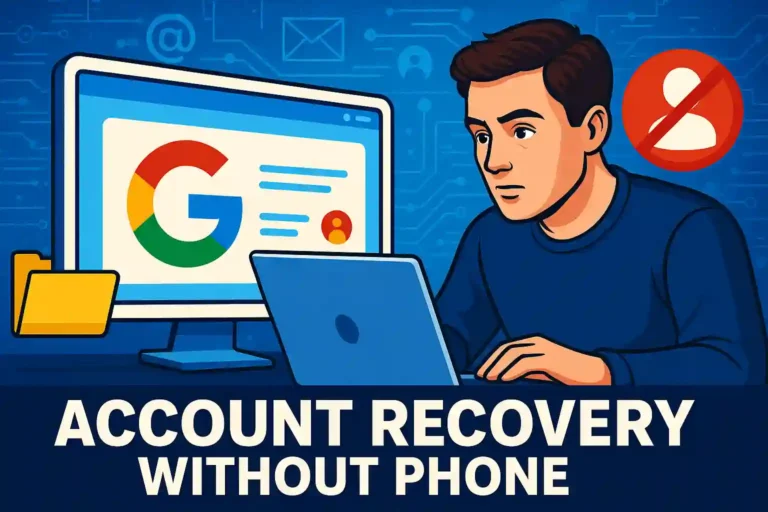Accidentally Deleted Your Email? Here’s How to Access It Again
Have you ever wondered what happens to a deleted email? It’s one of those puzzling questions for many of us in today’s digital age. From trying to retrieve a lost message to the security implications of deleted data, emails can hold many secrets. But did you know they might not be gone forever?
Let’s dive into those hidden corners of your inbox that you might think are clean. Those “deleted” messages could still play a significant role in your day-to-day interactions, impacting everything from your digital safety to the clutter in your head.
Join us as we explore the curious life of a deleted email. Is it really gone, or just hiding? We’ll journey through techniques you can use and look at the role these ghostly messages play in our digital mechanics.
Understanding What Happens to Deleted Emails
Given the volume of emails exchanged daily, it’s important to understand what happens when you delete an email. Contrary to popular belief, deleting an email doesn’t immediately erase it from existence. Instead, it typically moves to a “trash” or “deleted items” folder.
Once in the trash, emails might stay there for a set period—often 30 days—before being permanently removed. However, during this time, they still occupy space in your account’s storage, and many email providers allow you to recover them easily.
Exploring the Deletion Lifecycle
Storage and Retention: While in the “deleted” state, emails are in a temporary holding pattern. Email service providers like Gmail, Outlook, and Yahoo often use this time to ensure users can reverse accidental deletions.
Permanent Deletion: After the retention period or if deleted from the trash, emails can be permanently removed from the server. In some cases, this might still not guarantee complete eradication due to backup systems maintained by email providers.
Data Security Concerns: Understanding email deletion processes is crucial for privacy and security. Even “deleted” emails could be accessed unless adequately encrypted and protected.
Recovering Deleted Emails: Is It Possible?
Recovering a deleted email can seem daunting, but it’s often possible with the right approach. Each email provider has its system, but they generally allow users to restore emails for a limited time.
1. Checking the Trash Folder: The first step is to look in the trash or deleted items folder. Many services keep deleted emails there for about 30 days. During this period, you can usually move them back to your inbox.
2. Restore from Backups: Some email providers automatically back up deleted items for a certain period. You might need to contact customer support to access these backups, depending on the provider.
3. Third-Party Tools: In some cases, third-party recovery software might help retrieve deleted emails. These tools vary in efficacy and may come at an additional cost.
4. Contacting the Sender: When all else fails, reaching out to the original sender could be a simple solution to retrieving a lost email. They might resend the content if it’s still available on their end.
While email recovery is often successful, it’s important to act quickly. Time limits on recoverable emails mean that procrastination could result in permanent loss.
The Impact of Deleted Emails on Personal Security
Deleted emails can pose unforeseen risks to personal security. Most assume that deleting an email eliminates all potential threats, yet this isn’t always the case. The danger lies in the remnants of data that may still be accessible.
Email Headers and Metadata: Emails often contain headers that store metadata, which can linger even after deletion. This data might reveal your IP address, the email service provider, and timestamps, offering clues to cybercriminals.
Data Recovery Threats: Even after deletion, emails may exist in backup servers or data logs. Hackers with the right skills can exploit these to retrieve sensitive information unless it has been securely encrypted.
Phishing Scams: Deleted emails may provide opportunities for phishing if they fall into the wrong hands. Sensitive information like account details or personal identifiers can be exploited.
Security Measures: It’s crucial to use email solutions that offer strong encryption and maintain regular security audits. Also, permanently deleting emails from the trash can add a layer of safety.
Tools and Tricks to Manage Deleted Emails Effectively
Effectively managing deleted emails requires a combination of the right tools and strategic techniques. By keeping your inbox organized, you can retrieve important information and avoid clutter.
Email Filters: Utilize filters to automatically sort incoming mail into folders. This organization helps prevent unintentional deletion and makes finding emails easier.
Archiving Solutions: Instead of deleting, consider archiving important messages. Archiving removes emails from your inbox but keeps them stored for future reference.
Regular Cleanup Routine: Schedule regular email cleanups. Consistently empty your trash to ensure no emails linger past their usefulness, maintaining a tidy email environment.
Backup Services: Use email backup services to create copies of all your correspondence. This layer of protection ensures you can recover emails even after deletion.
Email Recovery Tools: Deploy email recovery software for critical cases, allowing for retrieval of emails that are deleted beyond the standard recovery period.
With these tricks and tools, maintaining an organized, efficient email system becomes achievable without losing valuable data.
FAQ – Frequently Asked Questions About Deleted Emails
What happens to an email after I delete it?
Deleted emails typically move to a trash or deleted items folder and are stored there for a set period before being permanently removed.
Can I recover a deleted email?
Yes, many email providers allow recovery within a certain timeframe by restoring them from the trash or using backup systems.
How can deleted emails affect my personal security?
Deleted emails may contain metadata or other data that, if accessed by cybercriminals, could pose security risks.
What tools can help manage deleted emails?
Tools such as email filters, archiving solutions, and backup services can help organize and manage deleted emails effectively.
Is it possible to permanently delete an email?
Yes, you can delete emails permanently by removing them from the trash and ensuring they’re not stored in backups.
Are there ways to automate email management?
Yes, you can set up automatic filters to sort emails and use scheduling tools for regular cleanups to keep your inbox organized.






